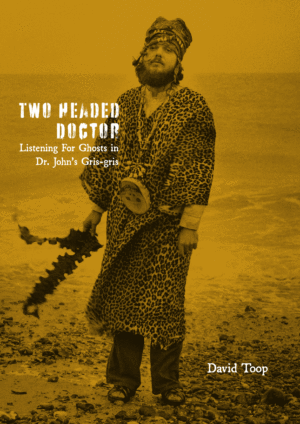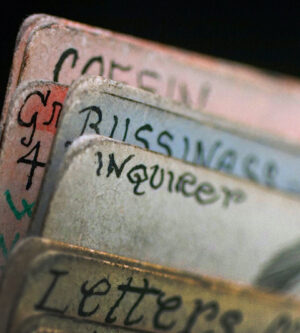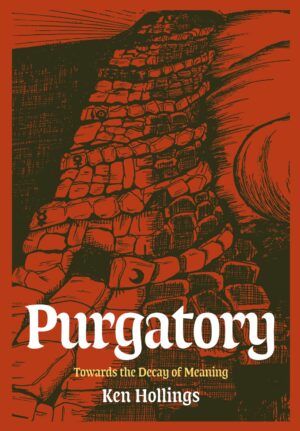The Guardian newspaper has run a feature on Spare by Phil Baker, along with a gallery of images from the book:
Spare’s art has an equally broad spread; the most striking thing about it is the chameleonic range of styles, from carefully finished pastel portraits to figures emerging from rapidly scrawled calligraphy, unified only by the fact that he could really draw; it was Spare’s misfortune to live through a century when drawing wasn’t much valued, and he never came to terms with modern art. Spare’s old-style draughtsmanship led to inflated comparisons with Dürer and Michelangelo and Rembrandt, often by people outside the art world who were surprised to find that “real art” was still being made. The difficulty of getting to grips with Spare’s art on its own terms has led to similarly wild comparisons pointing forwards: not only was Spare credited as Britain’s proto-surrealist in the 30s, but in the 60s the critic Mario Amaya (a pop art specialist, shot and wounded alongside Andy Warhol when Valerie Solanas attempted to assassinate him) saw him as Britain’s first pop artist.
Spare might not be the first surrealist or the first pop artist, but some of his work is weirdly, irreducibly original. His attempts to “visualise sensation” with fleshly, ugly-bugly figures around 1910 are unlike anything else in Edwardian art, and his self-portraits “as” others in the 20s and 30s – as Hitler, as Christ, and as a woman – look forward to the work of Cindy Sherman and the Japanese artist Yasumasa Morimura, who has depicted himself as Chairman Mao, Hitler, and a Pre-Rapahalite maiden. Spare’s sexually graphic self-as-woman pictures couldn’t legally be displayed in their day, and they were quietly owned by EM Forster.
Read the full article at the Guardian




